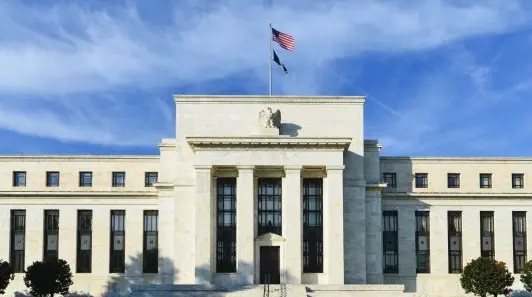Why the positive effect to GDP is limited
No one is immune to the devastating pictures we see daily as war and conflict rage from Europe to the Middle East and beyond. But it's my job, as an economist, to focus not on the human cost but the financial one. And the economics of defence are more in focus than ever since Donald Trump demanded more spending from his NATO allies.
Increased European defence spending has a potential economic upside. The European Commission sees GDP growth 0.3-0.6% higher by 2028, while the Kiel Institute for World Economy estimated a 0.9% to 1.5% GDP effect of defence spending going from 2% to 3.5% of GDP.
We are with the European Commission on the lower side of the estimate. The high import share is the most important reason. Remember, defence spending comprises personnel, premises and equipment (tanks, jets, ammunition, telecommunications, and so on). The share of the latter in the total ranges from 15% in Belgium to 50% in Poland. It tends to be higher for countries with higher and/or increasing defence spending as a share of GDP.
We expect additional spending to be more oriented towards equipment, where underinvestment has been significant. For the economic impact, it’s important that of all the military equipment to support Ukraine, 78% was acquired from non-EU producers, so the import share of the additional spending will be high. The defence industry is small; in 2024, it made up 0.5% of industrial production. It will take time for it to scale up, which limits the economic upside as far as manufacturing is concerned.
The positive GDP effect is higher if the additional spending is debt-financed, which we expect to be the case for the first couple of years. This approach makes sense, as budget cuts or tax increases are usually politically painful, while the high import share would risk switching domestic consumption for imports, denting the economy. However, over time, there’s no economic justification for higher European deficit norms because of higher defence spending. It will be recurring government spending, so it should be covered by recurring government income or cuts to spending elsewhere. This implies that over time, the positive effect on GDP will come down versus the 2028 effect.
Why European households will pay the price
So the upside for the economy is limited. But I will switch to the household perspective to explain the bad news. European countries currently spend about 2% of their GDP on defence. That will go to somewhere between 3.5% and 5% of GDP. It’s a bit like your insurance premium doubling in price. Or, to be more precise, the US is no longer willing to pick up a significant part of the bill and is forcing Europe to pay up. European governments must spend the additional 1.5% (or more) of GDP.
This implies one of two options: it cannot be spent on healthcare, social security or education and comes in the form of cuts to these areas. Alternatively, it can come in the form of higher taxation, so European consumers will be spending less on other stuff. In practice, it will probably be a mix of the two. But make no mistake, European households will pay for it.
This is not to say that the money should not be spent. With the US making clear it’s no longer willing to pick up the bill and with wars going on in Ukraine, Israel and Iran, it’s clear that not spending on defence would risk far higher costs. Like our insurance premium, we will simply have to pa
It is economically more significant than the trade war
What I find fascinating is that the newsflow on the economic price Europeans will have to pay for defence is dwarfed by the attention on the trade war, because extra defence costs will hit consumers far harder. Trade tariffs will likely impact goods trade with the US. But, net, American demand for goods from Europe 'only' equals about 2% of our GDP. So we, and many others, have estimated the short-term cost of the trade war to be below one per cent of GDP.
Clearly, the way in which trade and defence impact Europeans is completely different. The trade war impact comes via lower job growth and purchasing power over the short term. Higher defence spending affects households via worsening public services, social security or higher tax bills, changing the composition of the economy over time. The order of magnitude, a recurring 1.5 to 3 % of GDP, is a much larger economic challenge than the one-off trade war effect of below 1% of GDP
























































































